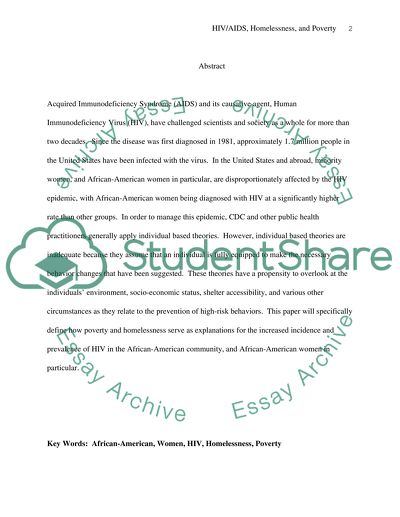Cite this document
(“HIV Infections and African-American Women Essay”, n.d.)
Retrieved from https://studentshare.org/health-sciences-medicine/1504201-hiv-infections-and-african-american-women
Retrieved from https://studentshare.org/health-sciences-medicine/1504201-hiv-infections-and-african-american-women
(HIV Infections and African-American Women Essay)
https://studentshare.org/health-sciences-medicine/1504201-hiv-infections-and-african-american-women.
https://studentshare.org/health-sciences-medicine/1504201-hiv-infections-and-african-american-women.
“HIV Infections and African-American Women Essay”, n.d. https://studentshare.org/health-sciences-medicine/1504201-hiv-infections-and-african-american-women.


